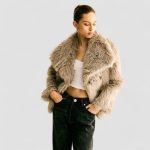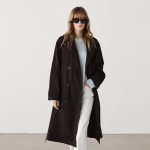The History of Puffer Coats
The puffer coat has a story as layered as its quilted design. It began in the early 20th century, born from the need for warmth in extreme conditions. The first puffer coats came from the inventive hands of outdoor enthusiasts looking to stay warm during cold-weather expeditions. Since then, the puffer coat has become a staple in winter fashion and function.
Initially, the puffer coat was a practical solution for mountain climbers and aviators. The design aimed to trap heat efficiently, providing maximum warmth with minimum bulk. Eddie Bauer, an American outdoorsman, revolutionized the puffer coat in 1936, introducing his patented ‘Skyliner’ model. This model was the first to use quilted down, and it set the standard for the puffer coats we know today.
As technology advanced, so did the puffer coat. Synthetic materials eventually joined down as a filling choice, catering to a wider audience with various needs. Fashion also embraced the puffer coat, transforming it from purely functional to a stylish necessity.
Throughout the years, icons like the Beatles in their psychedelic days wore puffer coats, ushering them onto the fashion scene. Big-name designers integrated puffers into their collections, cementing their place in fashion history. As we look back, the journey of the puffer coat is a testament to the human need for comfort and the desire to innovate. Today, a puffer coat is not just about staying warm; it’s a fashion statement, an outdoor essential, and a legacy of human creativity.
Key Features to Look for in a Puffer Coat
When hunting for the ideal puffer coat, keep an eye on certain key features. These aspects not only enhance your comfort but also ensure the coat serves you well through chilly winter days. Let’s delve into the specifics that you should consider.
Insulation Types
Insulation is the heart of any puffer coat. There are mainly two types: down and synthetic. Down insulation, typically made from duck or goose feathers, is known for its exceptional warmth and light weight. Synthetic insulation, often crafted from polyester fibers, provides warmth even when wet and is usually more budget-friendly. Consider your needs, whether it’s for casual wear or braving harsh weather, to decide the right type for you.
Water Resistance
Next is water resistance. This feature is crucial, especially in snowy or rainy conditions. Look for puffer coats with a water-resistant outer layer, or even better, waterproof materials that seal out moisture completely. This will keep you dry and, by extension, warmer.
Hood Design
Hood design can be a game-changer. A well-designed hood shields your head and neck from the cold. For extra protection, opt for a coat with an adjustable or detachable hood. This versatility means you can customize your coverage based on the weather. Some hoods come with added features like faux fur linings, which not only look stylish but also provide extra warmth.
Understanding Puffer Coat Materials
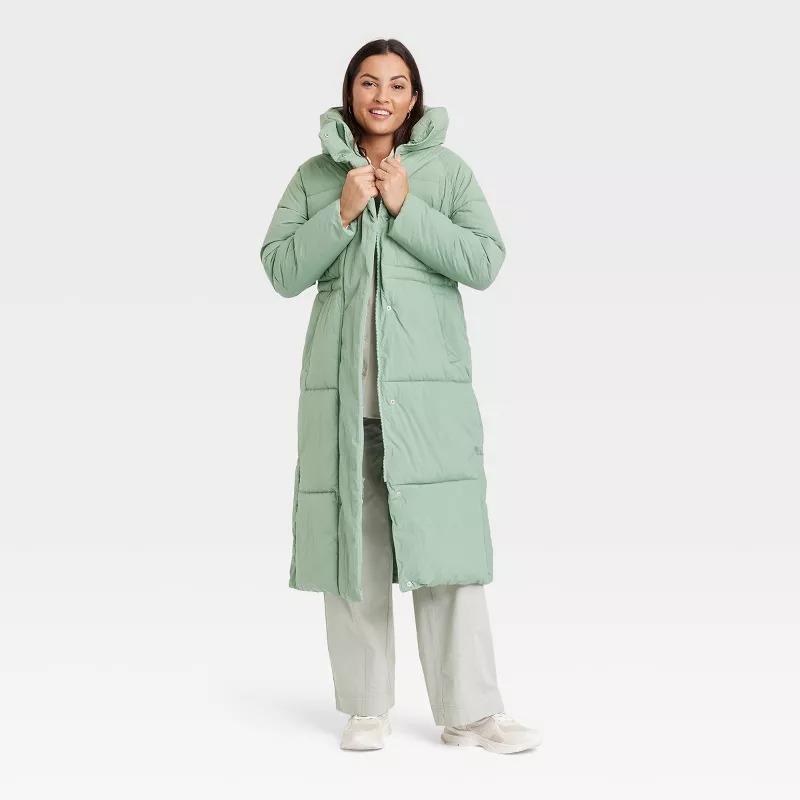
When selecting a puffer coat, understanding the materials involved is critical. Each material contributes specifically to comfort, durability, and protection against the elements.
Down vs. Synthetic Fill
The fill material is crucial in determining the coat’s warmth and weight. Down fill, sourced from ducks or geese, offers superior warmth. It’s lightweight, making it a favorite for extreme cold. However, down can lose its insulating properties if it gets wet. Synthetic fill, meanwhile, retains heat even when damp, and is often less expensive. It’s also hypoallergenic, making it suitable for those with feather allergies. Consider your climate, activities, and budget when choosing between down and synthetic.
Shell Fabrics
The outer shell is your puffer coat’s first line of defense. Durable materials fend off abrasion, while breathable fabrics prevent moisture build-up inside. Most shells are polyester or nylon, sometimes with waterproof coatings. For added durability, look for ripstop fabrics. If you’re eco-conscious, seek out recycled materials. Keep an eye out for additional features like sealed seams and storm flaps, which offer extra protection.
Styles and Fits of Puffer Coats
Choosing the right style and fit is as important as understanding the materials and features of a puffer coat. There’s an array of styles to match any personal taste and body type. Here are some common styles and fits you should consider:
Classic Fit
The classic fit is timeless and versatile. It’s roomy enough for layering but tailored to avoid bulk. A classic puffer coat falls straight and often finishes around the hips or mid-thigh, making it suitable for most body shapes and occasions.
Oversized Fit
Oversized puffer coats are trendy and offer a fashion-forward look. They provide extra space for freedom of movement and additional layers. Ideal for a casual, streetwear vibe, these coats often feature dropped shoulders and a longer length that can go down to the knees.
Cropped Fit
Cropped puffer coats stop at the waist and are perfect for highlighting your figure. They offer style and mobility without sacrificing warmth. This fit is great for active days or pairing with high-waisted bottoms for a modern, chic ensemble.
Slim Fit
A slim fit puffer coat is more form-fitting, providing a sleek silhouette. It’s designed to hug the body while still offering warmth. This style is often chosen for its flattering look and is especially popular in urban settings.
Finding the right fit is not just about style, but also about ensuring your puffer coat performs well. A snug fit, for example, might seem stylish but could restrict movement and even limit the insulating capabilities of the coat. On the other hand, a coat that’s too loose may allow warm air to escape. Balance is key—you want your puffer coat to lock in warmth while also suiting your individual style.
Remember, the versatility of the puffer coat allows it to be a staple in any wardrobe. It can be dressed up or down, making them a go-to for winter regardless of the occasion. When selecting a style and fit, keep in mind the importance of comfort and functionality alongside aesthetics.
How to Care for Your Puffer Coat
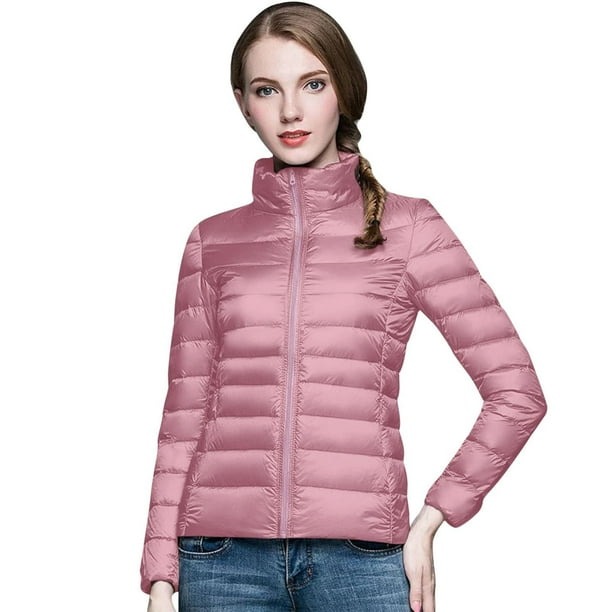
Owning a puffer coat means taking good care of it to ensure longevity and performance. Here are simple yet effective steps to maintain your coat:
Washing Instructions
Always check the label before washing. For down puffer coats, use a mild detergent and wash on a gentle cycle. Synthetic fills can handle more vigorous washing but be gentle to keep the insulation intact. Use cold water to prevent any damage. If possible, use a front-loading washer as top-loading ones can compress and damage the coat. Avoid bleach or fabric softener as they can degrade the coat’s materials.
Drying Your Coat
Air dry your puffer coat if time allows. If you must use a dryer, set it to a low heat and add tennis balls to help fluff up the down or synthetic fill. This process helps maintain the coat’s shape and insulation properties. Don’t wring out your puffer coat; instead, press out excess water gently.
Storage Solutions
When not in use, store your puffer coat in a cool, dry place. Don’t compress it under heavy items. Hanging your puffer coat helps retain its shape and prevents creases. For long-term storage, consider a breathable garment bag to protect against dust and moths.
Repair and Maintenance
Inspect for tears or seam rips routinely. Early repairs can prevent further damage, especially to the insulation. For minor issues, a fabric adhesive or a patch can do the trick. For bigger repairs, consult a professional.
Caring for your puffer coat is straightforward if you follow these tips. A well-maintained puffer coat will serve you for many winters to come, combining style with practicality effortlessly.
The Best Brands for Quality Puffer Coats
Selecting the right brand is vital when shopping for a quality puffer coat. Top brands offer durability, style, and warmth. Here are a few you can trust.
Patagonia stands out for commitment to sustainability. Their puffer coats are warm, long-lasting, and eco-friendly.
The North Face offers reliable outdoor gear. Their puffer coats provide warmth and are perfect for adventurers.
Canada Goose is known for high-quality cold weather wear. Their puffer coats are stylish and offer excellent frost protection.
Moncler combines luxury with practicality. Their puffer coats are a staple in high fashion yet function superbly in cold climates.
Columbia presents affordable options without compromising quality. Their puffer coats cater to those on a budget and outdoor enthusiasts alike.
Each brand brings its unique blend of features to the table. Prioritize what matters most to you, like eco-friendliness, cutting-edge style, or ultimate warmth. Stick to renowned brands to ensure you invest in a puffer coat that lasts seasons.
Puffer Coat Fashion Trends
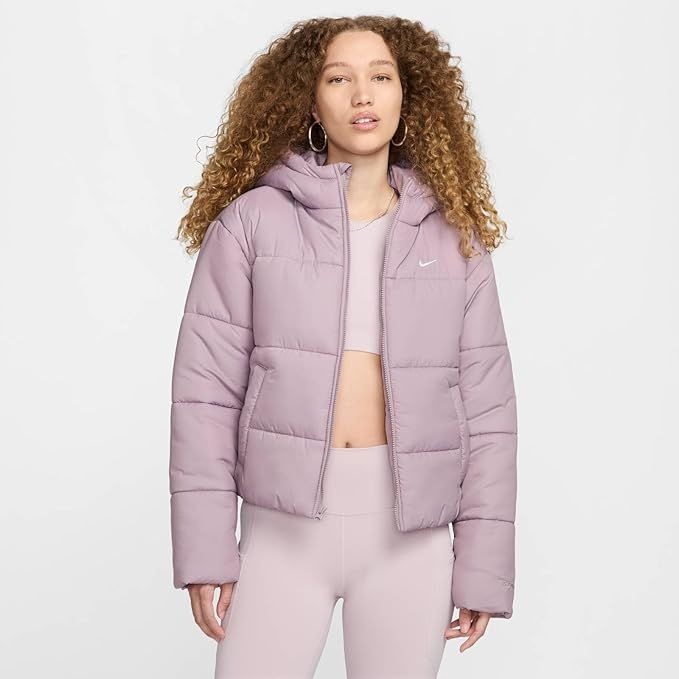
With the evolution of time, puffer coats have ascended from just a winter necessity to a fashion staple. The aesthetic potential of the puffer coat has been realized by fashion-forward individuals and designers alike. Today, they’re not just for braving the chill but are also central pieces to make a style statement during the winter months. Bold colors, patterns, and varying lengths have allowed puffer coats to adapt to the changing tides of fashion trends.
Graphic prints and metallic finishes have found their way onto puffer coats, catering to a more vibrant, eye-catching look. Dual-tone puffers and those with abstract or floral designs are being paired with plain outfits to add a pop of color. Moreover, puffer coats with statement collars or unique fastenings are on the rise, making the utilitarian garment feel like a high-fashion accessory.
How to Style a Puffer Coat
It’s easy to make a puffer coat look stylish. Start by picking a coat that complements your wardrobe. Go for a block color that can blend with multiple items, or a vibrant pattern to stand out. Pair slim-fit puffer coats with skinny jeans or leggings for a balanced silhouette. Oversized styles can work well with straight-leg pants or maxi skirts. Cropped puffer coats look great with high-waisted trousers or skirts. Layering is also key to styling puffer coats. Use scarves, beanies, and gloves not only for extra warmth but as fashion elements to spice up your look.
Experiment with textures by wearing a smooth, shiny puffer with rough denim or wool. Don’t be afraid to mix casual and formal elements. A puffer coat can surprisingly complement a business casual outfit, bringing an edge to everyday work attire.
The versatility of the puffer coat allows it to be the highlight or an addition to your fashion ensemble. Whether you’re aiming for a casual look or dressing up for a night out, the puffer coat can be your best ally in achieving the perfect winter outfit.

